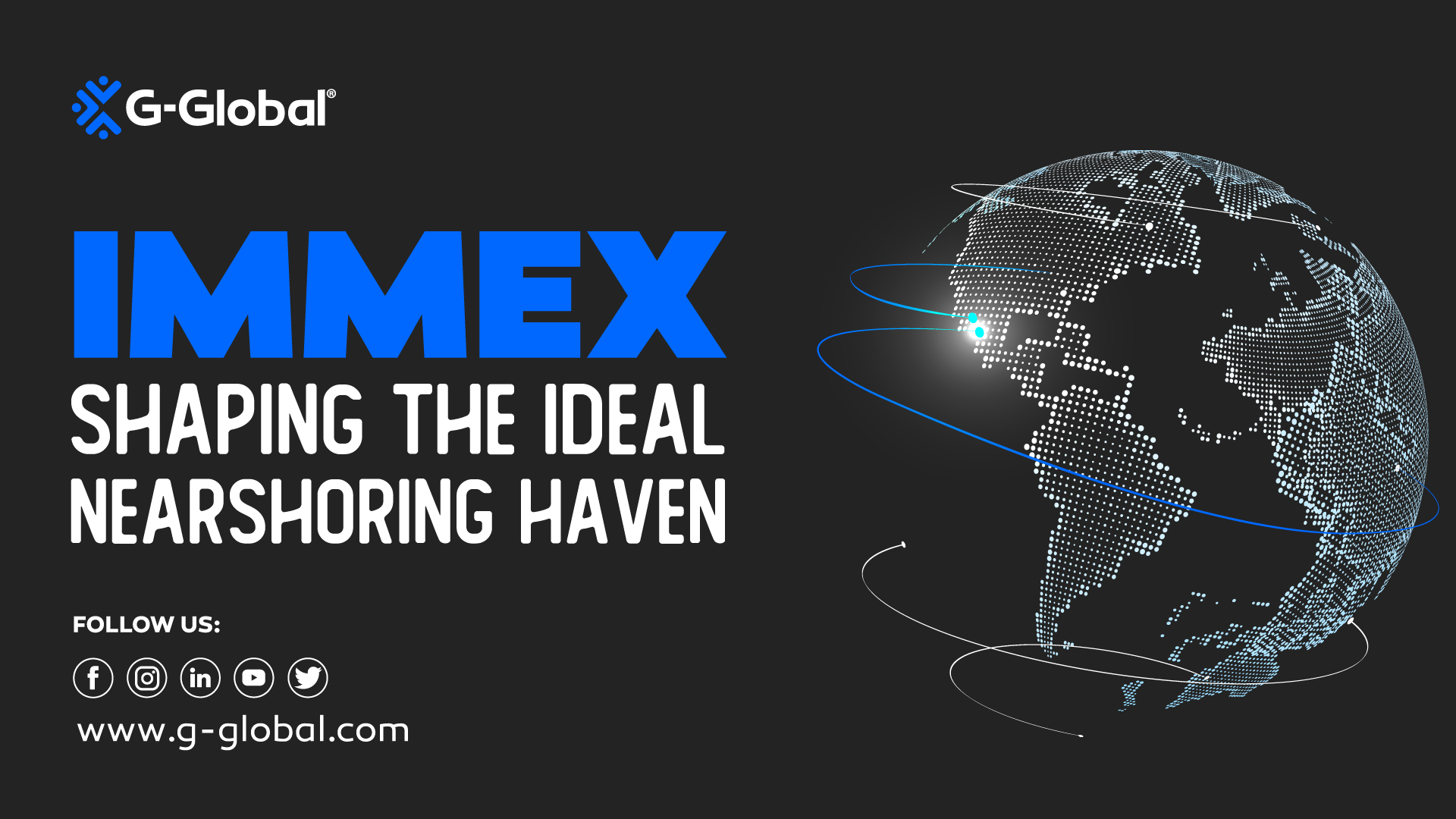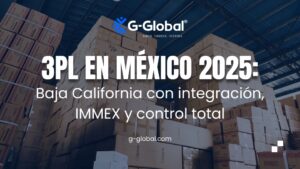The frenzy for nearshoring has made its home across Mexican land, where the promise of talent pools, cost-reduction strategy, duty, and tax-exempt logistics is a reality to face the infamous pandemic disruptions that plagued 2021-2022 and commercial wars that dictate fluctuations in profit. There’s more to the picture, let’s take a step back!
What is nearshoring?
Nearshoring is a strategy in which a company moves all or part of its production closer to the final consumer, reducing costs and avoiding logistical setbacks. Mexico has become the apple of the eye in foreign investment with incentive programs such as IMMEX.
The 2023 Current Scenario
According to René Mendoza, national president of the Chain of Industry Suppliers in Mexico (CAPIM), Mexico has surpassed the expectations of the Inter-American Development Bank (IDB) in terms of nearshoring for 2023. The end of the 2023 first semester registered around US$30 billion. This is close to the IDB projection of US$35 billion, meaning expectations will most probably exceeded in no time.
The ongoing trend of Mexico in the eyes of large Asian corporations for the ideal relocation site accomplishes the purpose of expanding their operations or increasing production already installed in the home country, which has caused the localization of suppliers to grow by an outstanding 213% in the first half of 2023.
“Locating suppliers in Mexico is a necessity and the automotive sector is the biggest beneficiary of the change in rules of origin that went into effect this year. Before, companies could import 40% of their inputs from countries other than Mexico, the United States, and Canada.” Only 25% is allowed. 25% With a 15% differential, the need to substitute imports from Asia and Europe is at US$35 billion, which if we compare it with the current production of auto parts is more than 30%.
Why Nearshoring Enterprises lean on the IMMEX Program in Mexico
On November 1st, 2006, the Mexican Federal Government published the Decree for the Promotion of the Manufacturing, Maquila, and Export Services Industry (The IMMEX Decree), aimed at increasing the competitiveness of the Mexican export sector, and bringing certainty, transparency and continuity to companies’ operations, specifying and simplifying the compliance factors; allowing companies to adopt new ways of operating and doing businesses; reducing its logistics and administrative costs; and modernizing, streamlining and reducing procedures, to increase the capacity of audit in an environment which encourages the capture and retention of investments in the country.
Strategic Benefits: How IMMEX Welcomes Foreign Investment
The IMMEX program allows non-resident companies to keep eligible imported goods and property in the country for up to 18 months (or as long as the program is in effect) without triggering tax consequences.
In other words, your company will save year-round with the deferral of import duty payments. When applicable, it can be exempted from raw materials through the Promotional Sectorial Program (PROSEC). Furthermore, IMMEX participants can expand savings by obtaining VAT credits on temporary imports once granted and certified export company status by the Mexican tax authority, known as SAT. This provides financial flexibility as VAT payment is only due upon final importation, if eligible.
When businesses are not considered as having a permanent establishment, all income obtained from productive activities is derived from exports, maquila services are taxed at a 0% VAT rate. This also includes transactions between IMMEX companies under specific conditions and acquisitions of non-resident companies from local suppliers.
Reap profit with the IMMEX Program
The IMMEX program is a stepping stone to setting up duty and tax-free operations for your business growth through nearshore or offshore manufacturing, fulfillment, exporting, and more from Mexico!
There are two ways to participate in the IMMEX program
- Apply directly to the Ministry of Economy’s website or
- Partner with a 3PL service provider that is already a participant
Now, what is the most strategic move for your nearshoring game plan?
If you’re looking for a fast ROI for your relocation and reap the benefits of IMMEX quicker, partnering with a 3PL will shorten the setup window from 1-2 years to 1-2 months. There are different categories that the IMMEX program harbors which umbrellas diverse services. Revising the nature of your business operation and products will provide insight into which category will be the right fit!
Categories:
1. IMMEX Holding Companies Program: the manufacturing operations of a certified holding company and one or more subsidiaries are included in the same program;
2. IMMEX Industrial Program: goods are manufactured or transformed for subsequent export through an industrial process;
3. IMMEX Services Program: export goods are serviced or export services are provided, solely to develop those activities established by the Secretariat of Economy, following review by the Secretariat of Finance and Public Credit;
4. IMMEX Shelter Program: one or more foreign companies provide the technology and the production material, without having any direct involvement in the Program, and
5. IMMEX Outsourcing Program: a certified company lacks the facilities to perform production processes itself and performs the manufacturing operations through a third party who it registers in its Program.stos bienes están agrupados bajo las siguientes categorías:
Simultaneously, the Secretariat of Economy can approve a Sectoral Promotion Program based on the type of products manufactured or the export services made, in which case the applicable regulations must be followed. In the case of a service company, only goods referred to in Article 4, Fraction III of this Decree, may be imported under the Sectorial Promotion Program, whenever they belong to the sector in which it is registered.
For personalized orientation, schedule a free consultation with our G-Experts to start creating your Nearshoring strategy!



